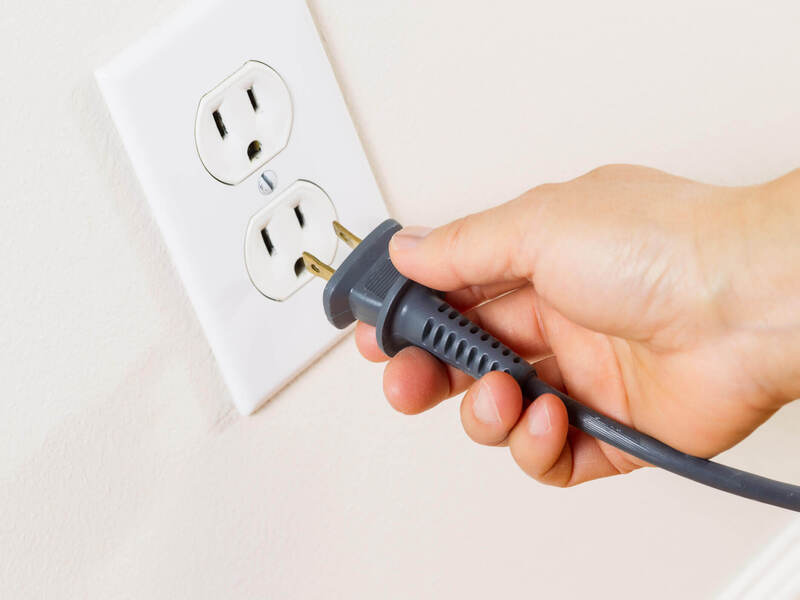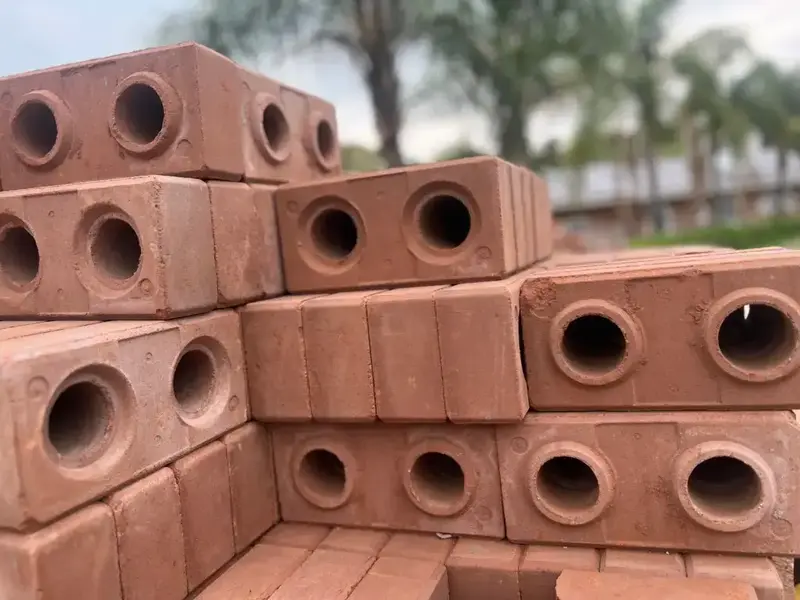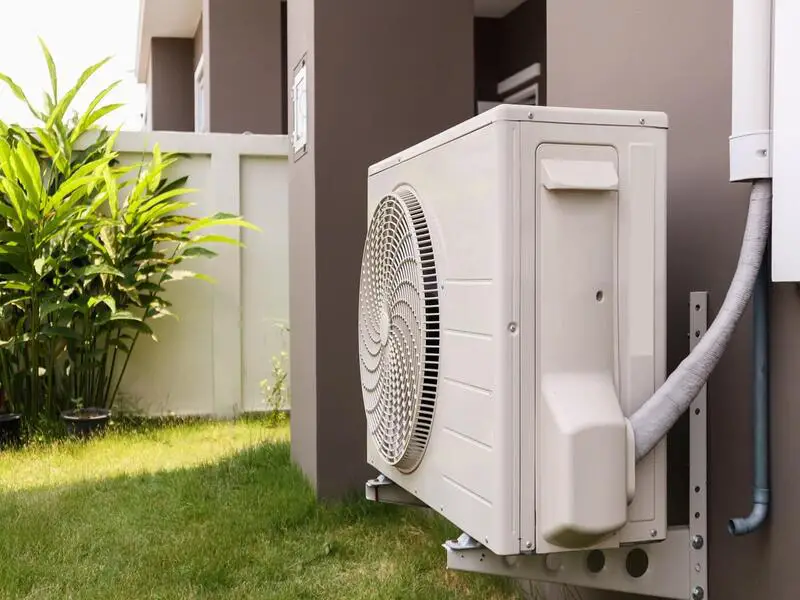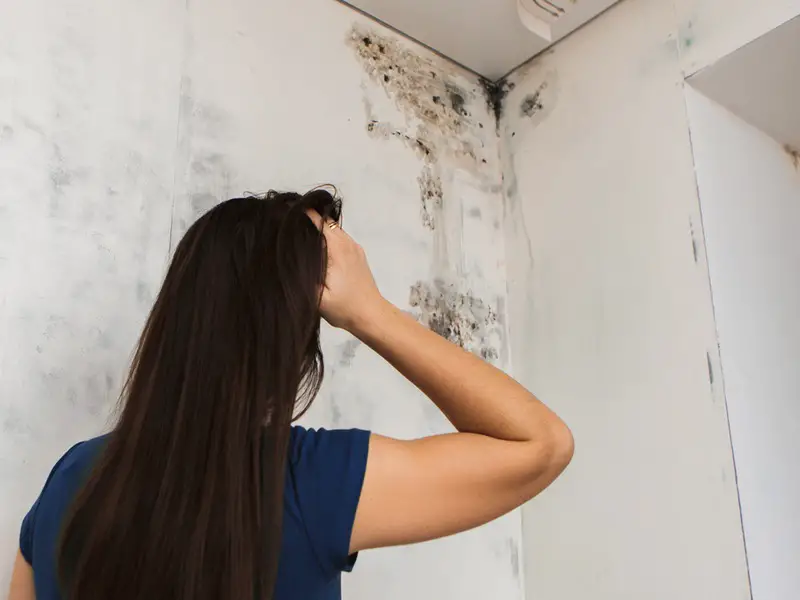In our modern world, we rely heavily on a wide range of appliances to get through our daily lives. From laptops to refrigerators, appliances have become an essential part of our lives, making things faster and easier. However, what we don’t realize is that keeping our appliances connected to power sockets all the time comes at a cost. Apart from the financial implications, keeping appliances connected is also a significant contributor to energy waste and environmental pollution. In this article, we’ll discuss the importance of disconnecting unused appliances and how to do it effectively.
Understanding Energy Consumption
It is important to understand energy consumption and its impact on the environment, as well as our utility bills. Many appliances, such as televisions, computers, and chargers, consume energy even when they are not in use. This energy consumption is known as standby power, and it accounts for a significant amount of energy usage in households.
According to a recent study, standby power accounts for an average of 5% to 10% of residential energy consumption. This means that even when we are not using our appliances, we are still paying for their energy consumption. For example, a television that is switched off but still plugged in will continue to consume energy, which can add up to hundreds of dollars in energy costs each year.
By understanding the energy consumption of appliances, we can take steps to reduce our energy consumption and save money. One way to do this is to identify appliances that consume standby power and disconnect them from the socket when not in use. This can significantly reduce energy consumption and save money on utility bills.
Another way to conserve energy is to use energy-efficient appliances. These appliances are designed to use less energy while still providing the same functionality as traditional appliances. By using energy-efficient appliances, we can reduce our energy consumption and save money on utility bills while also reducing our impact on the environment.
In addition to disconnecting unused appliances and using energy-efficient appliances, we can also adjust thermostat settings and install insulation to conserve energy. By taking small steps towards energy conservation, we can make a significant impact on our environment and our future.
The Impact of Unused Appliances
The impact of unused appliances on the environment is a significant concern that should not be overlooked. Even when not in use, appliances consume energy, which results in wastage and the emission of harmful greenhouse gases. This energy wastage has a direct impact on the environment and contributes significantly to carbon emissions.
The production of electricity is a leading cause of carbon emissions, which are responsible for global warming and climate change. When appliances are left connected to the socket, they continue to consume energy, even when not in use. This energy consumption leads to the need for power plants to generate more electricity, which results in a higher production of greenhouse gases.
Furthermore, the increased demand for electricity production leads to an increase in the cost of generating energy. This, in turn, leads to higher energy costs for households. Therefore, leaving appliances connected not only has an impact on the environment but also has a direct financial impact on households.
By disconnecting unused appliances, we can significantly reduce our carbon footprint and help to mitigate the impact of global warming. Additionally, using energy-efficient appliances and adjusting our thermostat settings can help reduce energy consumption and further mitigate our impact on the environment.
Benefits of Disconnecting Unused Appliances
The benefits of disconnecting unused appliances are significant and should not be underestimated. By disconnecting appliances when not in use, we can significantly reduce our energy consumption, leading to several benefits.
Firstly, disconnecting appliances reduces energy consumption, resulting in lower energy bills. When appliances are left connected to the socket, they continue to consume energy even when not in use, leading to wastage and unnecessary costs. Disconnecting appliances ensures that energy is only used when necessary, resulting in cost savings.
Secondly, disconnecting appliances helps prolong their lifespan, leading to reduced repair and maintenance costs. Appliances that are left connected for extended periods are at a higher risk of developing faults due to wear and tear. Disconnecting appliances helps to reduce the likelihood of damage and prolong their lifespan, resulting in reduced repair and maintenance costs.
Another benefit of disconnecting appliances when not in use is that it helps reduce the risk of fire accidents. Appliances that are left connected for extended periods are at a higher risk of electrical surges or overloads, which can lead to fire accidents. Disconnecting appliances eliminates this risk, ensuring that your household is safe from such hazards.
How to Disconnect Unused Appliances
Disconnecting unused appliances is a simple but effective way of conserving energy and reducing electricity bills. One of the best ways to disconnect appliances is by using power strips. Power strips enable you to switch off multiple appliances at once, saving you time and making it easier to manage your appliances.
It’s important to choose a power strip that has surge protection, which ensures that your appliances are protected from electrical surges and overloads. This is particularly important for appliances that are sensitive to power fluctuations, such as computers, televisions, and other electronic devices. When purchasing a power strip, make sure it meets the required safety standards and is of good quality.
For appliances that are not often used, it’s recommended to disconnect them from the socket entirely. This includes appliances such as toasters, blenders, and other kitchen appliances that are not used on a daily basis. Even when these appliances are not in use, they continue to draw power, which contributes to your electricity bills. By disconnecting them from the socket, you can save energy and reduce your electricity bills.
When disconnecting appliances, it’s important to do so safely. Always switch off the appliance before unplugging it from the power strip or socket. Never pull the cord when unplugging an appliance, as this can damage the cord or the socket. Instead, grip the plug firmly and pull it out gently.
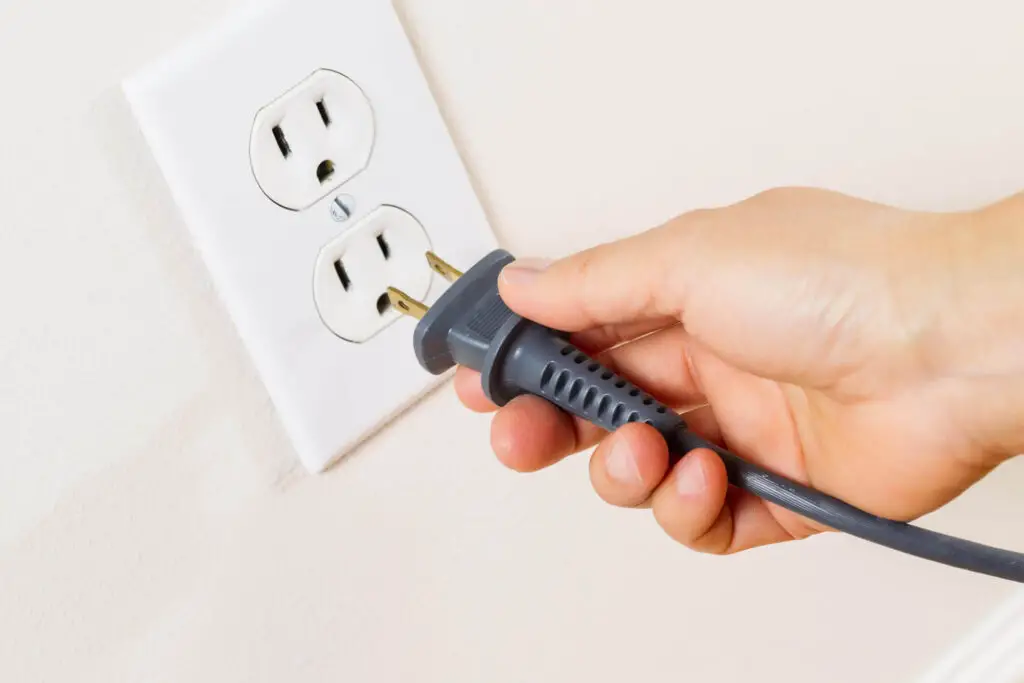
Keeping Appliances Disconnected
Keeping appliances disconnected when not in use is an important step in reducing energy consumption and protecting the environment. While it may seem like a lot of work to disconnect appliances manually, there are several ways to make it easier to maintain.
One of the easiest ways to keep appliances disconnected is to use smart power strips. These power strips are equipped with sensors that detect when an appliance is not in use and turn it off automatically. This eliminates the need for manual disconnecting and is a more convenient way of managing appliances. Smart power strips can be programmed to turn off appliances at specific times of the day or night, or when the user is away from home.
Another way to make it easier to maintain a habit of disconnecting appliances is to label power switches. By labeling power switches, it’s easier to identify which appliances are connected and which ones are not. This is particularly useful if you have several appliances in one location, such as your entertainment center or home office. Labeling power switches can help you remember which appliances to disconnect when they are not in use.
Creating a routine of disconnecting appliances every time they are not in use is also essential. This can be achieved by making it a habit to unplug appliances as soon as you are done using them. For example, after using a hairdryer, you can unplug it from the socket and store it in a designated location. By doing this, you are not only saving energy but also extending the life of your appliances.
It’s also important to educate other members of the household on the importance of disconnecting appliances when not in use. This can be achieved by explaining the benefits of energy conservation and demonstrating how to disconnect appliances properly. By involving others in this effort, you can create a culture of sustainability within your household.
Conclusion
In conclusion, disconnecting appliances when not in use is an essential habit that can help save energy and reduce the carbon footprint. It’s an easy way to reduce energy costs, prolong the lifespan of appliances, and reduce the risk of fire accidents. The benefits of disconnecting appliances are numerous, and we can all play a part in making a positive impact on the environment and our wallets.

